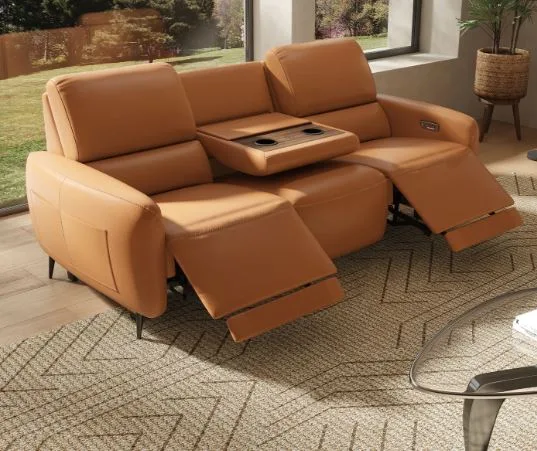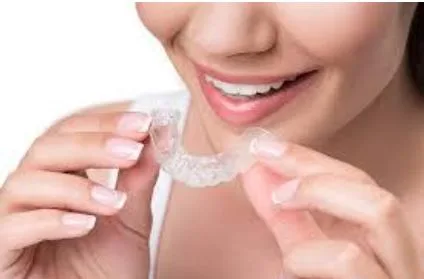Know the RO Membrane Technology in Water Purifiers for Home
Potable water is necessary for survival and well-being. However, several homes are struggling with a contaminated water supply. Reverse Osmosis (RO) process is an efficient technique for water purification under such circumstances. RO Membrane It is at the heart of safe and clean water. Here, we will discuss ro membrane system membrane technology, how it works, its pros and cons and the maintenance requirements.
What is Reverse Osmosis (RO)?
Reverse Osmosis (RO) is a water purification technology used to remove a large majority of contaminants from water by pushing the water under pressure through a semi-permeable membrane. Only water molecules can permeate the membrane; contaminants such as salts, chemicals and bacteria are left behind. Pressure is applied to the water, pushing it through the membrane and removing unwanted material.
RO is the technology of choice because it works so well in removing many different impurities. The semi-permeable membrane at the heart of the system plays an essential role critical to the process; this membrane allows only clean, purified water to pass through while also filtering out larger particles and potential contaminants.
How Does The RO Membrane Technology Work?
The RO membrane system works in multiple steps. Firstly, water enters the system and travels through pr-filters that remove large particles, including dirt and sand. After the p retreated water enters the RO membrane to separate pure water from impurities, the pressure on it. The re-formed clean water is recovered, and the waste is drained as wastewater.
Components of an RO System
Basic Components of an RO Water Purifier An RO water purifier contains the following main parts:
RO membrane: The main component used to remove most contaminants from water.
Pre-Filter and Post-Filters: Pre-filters take out the larger particles up to 1-micron in size and chemicals ( like Cl, Met, Pb.) w, which could harm the reverse osmosis membrane. Post filters for better-tasting water and to remove any remaining contaminants.
Storage Tank: RO is a slow process, so filtered water is stored in a tank after the filtration in an RO storage tank to be used.
UV Light or Carbon Filter (optional): Other systems have extra means to filter, such as a UV light to kill stray bacteria or carbon filters to enhance taste.
Advantages of RO Membrane Technology
Some of the advantages of RO membrane technology:
Effective Filtration: RO removes many waterborne toxic impurities for healthy drinking water.
Better Taste and Odor: The ro membrane system removes chlorine and other impurities, improving water’s taste and odor.
HEALTH Benefits: ROE-treated water is healthier for drinking, particularly where water sources are polluted with harmful elements.
Convenience: You no longer have to wait for delivery or rely on bottled water, which can become expensive or may harm the environment. It offers an uninterrupted flow of pure water.
Restrictions and Concerns to RO Membranes
Despite the many advantages of RO technology, there are also some disadvantages:
Water Wastage: This creates wastewater as a result of the RO process. Many gallons of wastewater are created for each gallon of pure water. But newer units are built to conserve water.
Mineral Stripping: RO units take out the good and the bad, stripping water of healthful minerals such as calcium and magnesium. While it guarantees clean water, some people claim it may result in lacking necessary minerals.
Maintenance: Routine maintenance is necessary to ensure the RO system runs uneventfully. The membrane and the filters must be exchanged to ensure the system functions effectively.
Upfront Cost: The initial cost of buying and installing an RO system is higher than traditional water filters, but you may save money in the long run.
RO Membrane Maintenance and Longevity
To promote efficiency in the functioning of the RO system, it should be maintained well. Replace RO methane membrane every 2-3 years , depending on water quality and usage. Pre- and post-filters also require regular replacement, typically every 6-12 months.
Clogging and associated decreases in water throughput are typical problems with RO membranes. Frequent cleaning and filter changes can help avoid this problem and prolong the system’s life.
How To Select The Best RO System For Your Home
When selecting an RO system, consider water quality in your region, whether or not you have hard water, and the system’s capacity, as well as built-in features like UV treatment or carbon filtration. Several companies offer different types of models to cater to various household requirements, with popular brands such as Kent, Aquaguard, and Tata Swach.
Conclusion
RO membrane technology makes a big difference in household water purifying and gives clean, safe, and great-tasting water. There are a few considerations (using more water and removing minerals). but the good outweighs the bad. So, by knowing how RO systems deliver pure water to consumers and taking proper care of it, homes will continue to have drinking water in its purest form for many years.






